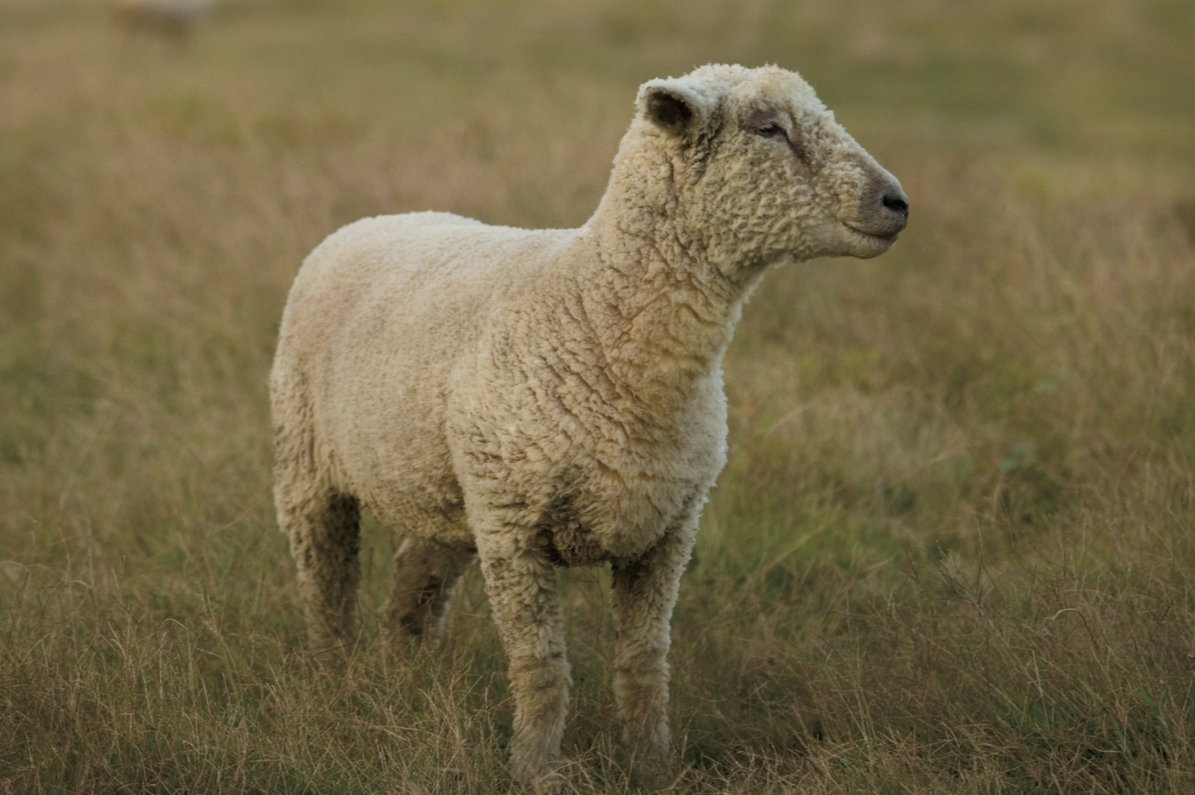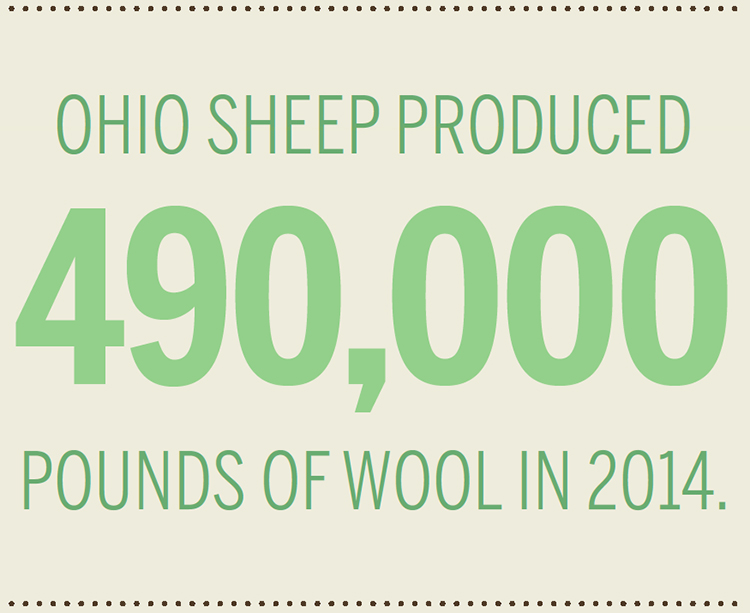Home > Ohio > Ohio Crops & Livestock > Winning Wool for Ohio Sheep Industry
Winning Wool for Ohio Sheep Industry
In partnership with: Ohio Department of Agriculture

Next time you don your cozy wool sweater, thank Ohio’s sheep farmers. Home to the largest sheep market east of the Mississippi River, Ohio ranks as No. 13 nationally in sheep production with an estimated annual economic impact of $25 million. “We are the fourth-largest state in the number of sheep producers,” says Janelle Mead, deputy director at the Ohio Department of Agriculture. “This means we have a number of farmers engaged in the industry with small flocks bringing agricultural value to many communities.”The state’s industry is made up mostly of hobby sheep farmers with small flocks, but Mead says many people don’t realize sheep production is a great way to enter into livestock farming.“Unlike most forms of livestock production, it doesn’t require a vast amount of land or large housing unit,” she says. “We continue to see the club lamb industry grow, and it’s a great way for youth to get involved, again with minimal expense.”
More Than Wool
Roger High of the Ohio Sheep Improvement Association (OSIA) says Ohio’s industry provides more than just wool, though that is an important segment.
“Sheep are primarily for meat production, and it’s very diverse in the types of markets, from finished lamb for high-end restaurants to small lamb that goes to ethnic populations who consume it for traditional meals,” he says. He adds the animals are also used for 4-H and FFA projects for members to show at county and state fairs, as well as wool clothing and dairy products such as sheep’s milk cheeses.
OSIA is the primary sheep commodity organization in the Buckeye State, working to promote the infrastructure and general welfare of the sheep industry in Ohio. High, the organization’s executive director, says this includes responsibilities such as overseeing all sheep industry major programs, educational programs, industry leadership, any legislative issues related to the sheep and lamb industry, and more. Currently, the organization has nearly 500 members, making it the third-largest state membership in the U.S.

“We are very fortunate here in Ohio that in 1989, the sheep industry leaders created the Ohio Sheep and Wool program – our version of a state check-off program,” High says. “From these producer funds, we have been able to create programs related to the promotion, education, research, marketing and producer services that promote the sheep industry in Ohio.”
Working closely with OSIA, the Mid-States Wool Growers also works to promote the sheep industry, focusing mainly on producer needs.
“We’re a farmer-owned co-op that tries to provide services sheep producers need to be successful and keep wool at a constant, fair market price,” says Dave Rowe, general manager of Mid-States Wool Growers.
An Ideal Market
Rowe, High and Mead all agree that the future of Ohio’s sheep industry is bright.
“The biggest advantage for Ohio is our location,” Rowe says. “There is lots of lamb consumption on the East Coast, and various ethnic groups that have lamb as part of their diet are becoming more prominent. The nontraditional market is a plus for Ohio.”
High adds that the state has great leadership in the industry. “We do believe we are set for positive growth due to our positive and diverse markets, along with a positive attitude from many of our sheep farmers,” he says.



